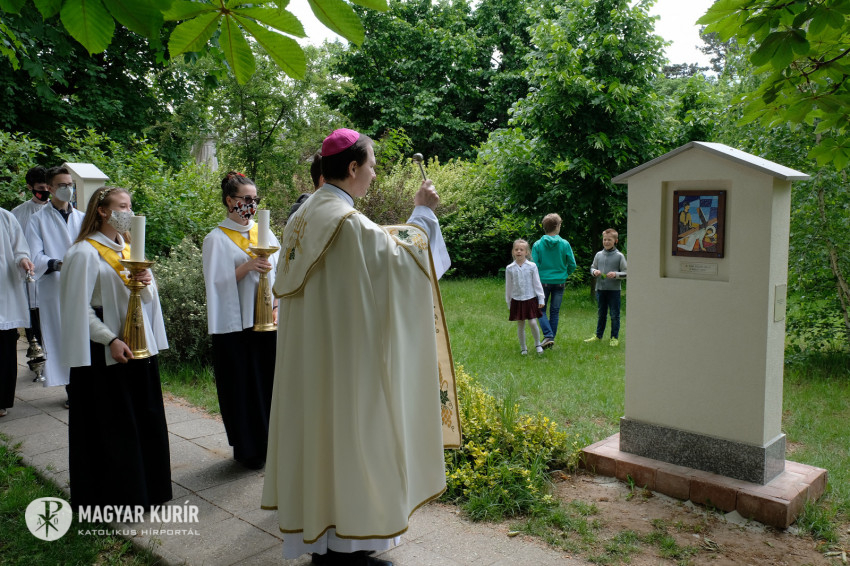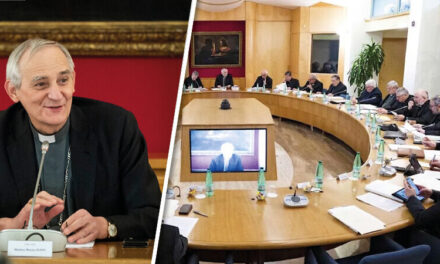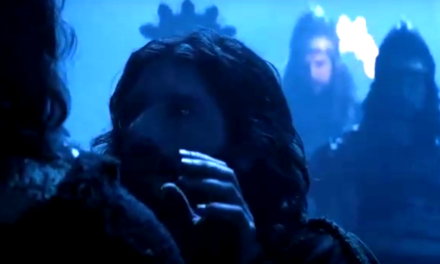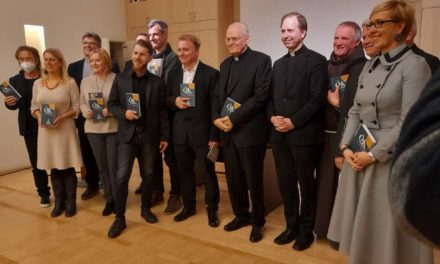The work of the Civil Justice Committee, founded by CÖF-CÖKA, basically involves the presentation of crimes committed during communism that have not yet been investigated and thus remained without consequences. The least explored area is the campaign against Christian priests, nuns, and even ordinary believers. The communists knew well that the community of religious people was the most dangerous for their anti-human utopia, so it is understandable that intimidation and even physical abuse "fit in" with their action against the clerical reaction. Zoltán Osztie's analysis reveals these crimes.
Of course, we have to see the situation clearly. Rákosi and then János Kádár – to Hitler , worthy disciples of their master Stalin – issued orders for the liquidation of social groups and individuals classified as enemies without mercy. Mátyás Rákosi made a special reference to the Catholic Church in his presentation at the International Information Department of the Central Committee of the Soviet Communist Party in Moscow: "It is a huge organization. We are primarily fighting against this..., we are not afraid of them." And in accordance with this, on June 10, 1958, János Kádár gave the following instructions to the party leadership of the MSZMP: "It must be understood that we fight against clericalism with fire, iron, bullet launchers and prisons, because we do not have clerical, i.e. priestly rule, but a worker-peasant rule. They already know this from experience anyway. However, a clear view must be created for the public (...). Clericalism may have to be fought for another 5 years, and the religious worldview for another two generations."
Here are some concrete figures: the number of priests arrested since 1948 exceeded five hundred. In 1949, criminal proceedings were initiated against another 182 priests, and in 1950 the proceedings continued in the case of 170 persons. The stages of the persecution are clearly visible before our eyes: first, the priesthood was broken with liquidation and conceptual trials. These procedures had their techniques: intimidation, violence, torture, false accusations and witnesses, "found" - actually smuggled - "evidence" of the anti-establishment conspiracy, complete neglect of legality, followed by the death penalty or imprisonment, surveillance and suspension of operations. With the help of concept trials, they eliminated many people they classified as undesirable elements. This was followed by the dissolution of the monastic orders, the deportation of 11,000 monks, and putting them on the streets. As a result, patient and hospital care, the social care system, the education of young people and cultural life were dealt a blow. The closing of church schools hindered pedagogical work supporting the personality development of youth (for example, the arrest of spiritual leaders and their students). By banning associations, the influence of the church on society was eliminated. The number of believers who have been deprived of their communities can be estimated in the millions. All of this was reinforced by attacks on families through evictions and intimidation of young people. Among the conceptual trials, the "Mindszenty and Grősz trial" is famous and exemplary. We get a special insight, together with a rich chronological history, József Mindszenty .
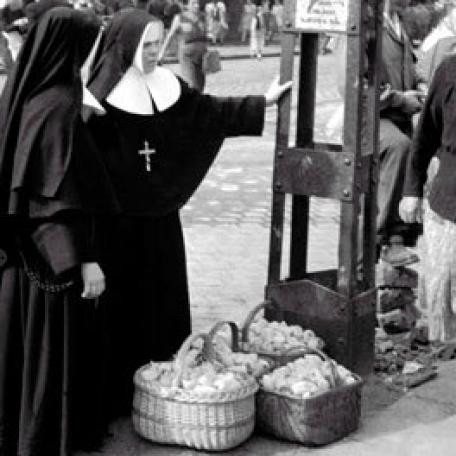
image: MTI
"The dissolution of the monastic orders affected about 11,000 members of 187 men's and 456 women's orders - (...) in wagons on the way to Siberia. A significant number of monks and nuns were left without care, salary, or pension, became homeless, and others were sent to internment camps. The situation of sick, elderly monks in need of care was the most bleak. On August 30, 1950, the Hungarian Catholic College of Bishops signed the dissolution agreement under the influence of coercion. The home began operating in Jászberény on November 8, 1950, when the first 54 nurses were brought in on a large truck, and this number increased to 120 by the end of the year. In the last seven decades, a total of 1,027 sisters from 27 orders spent the last part of their lives here. Deprived of the use of their holy clothes until 1989, they became companions of the humiliated and mocked Jesus (they could only be given their religious clothes in the coffin). Their deportation, humiliation and forced life made them similar to the suffering Christ."
In the Jászberény cemetery, the 708 graves of the venerable sisters are marked by identical grave crosses, a moving sight! And the halo of the crown of thorns hangs tellingly on the cemetery cross in the cemetery instead of the corpus.
Cardinal József Mindszenty, archbishop of Esztergom, is the iconic figure of the decades of communist and Bolshevik persecutions. We can learn a lot from his memoirs, which are a witness's account of the terrible torture he and his companions had to endure at 60 Andrássy út. "It's 11 o'clock at night. They are taking me for questioning again on this fourth night, after 72 hours of no sleep and the constantly repeated beatings... Lieutenant Colonel Décsi (the interrogating officer) complains to me again: - I have already warned you several times that you do not confess what you want and what you say will not be recorded , but what we want." "Décsi hands me over to the torturer two or three times a night, who jumps up, takes me to my cell, undresses me, pats me down and rains blows on me with lustful beauty. Another cruel method is used to break me physically: they don't let me sleep. While Bíboros was being tortured, Interior Minister János Kádár printed in the papers that Mindszenty broke under the weight of the evidence and confessed to the crime of conspiracy, espionage and currency dealing."
The goal, the method and the reasons are the same for all totalitarian systems. The goal is the construction of the new world order, the acquisition of unconditional power, its tool is terror, and its causes are godlessness and idolatry, insofar as power makes itself a god, i.e. a law, a point of alignment for everyone. From this comes his anti-humanity, his hatred towards all those who stand in his way. We have to draw on historical evidence, but for that we have to be informed.
Real knowledge of what is happening is often lacking in the consciousness and members of society. In recent decades, if the next generation of the family did not receive the knowledge, the ideologically distorted history education took away the possibility of correct knowledge acquisition. As a result, he no longer has the ability to recognize connections. After all, this is also indispensable for making judgments about current events.
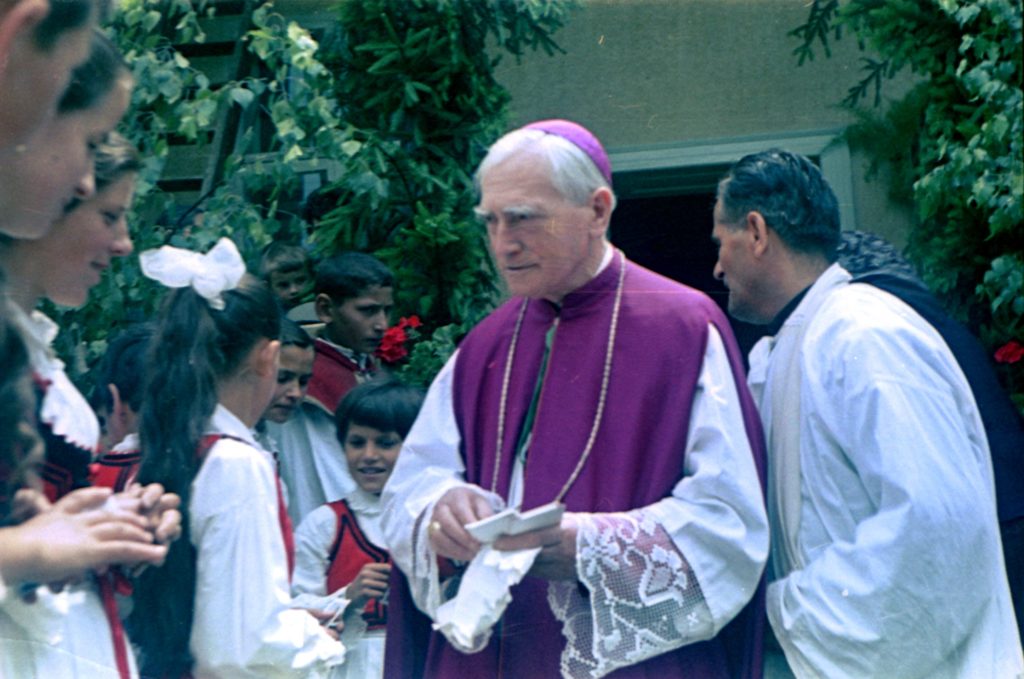
Photo: Áron Márton Museum, Csíkszentdomokos
The Hungarian communities in the areas beyond the border became doubly victims, as the reason for their persecution was not only their Christian identity, but also their Hungarianness. Just as the case of Cardinal Mindszenty in the mother country is exemplary, so in Transylvania we see a typical example in the fate of Bishop Áron Márton János Hám and János Scheffler of Szatmár, Szilárd Bogdánffy of Nagyvárad, Greek Catholic Bishop Tódor Romzsa Ottokár Prohászka are all our greats from beyond the current borders, whom we must know and whose standing we learn from and become stronger.
In their case, too, we must see the realism of our premise: the National Socialist, Bolshevik Socialist and Left-Liberal Socialist parties and ideologies have caused and are still causing incalculable suffering and bloodshed. Specific cases of this are documented - among others - Károly Hetényi Varga . His three books: Those who were persecuted for the truth. Priestly destinies in the shadow of the swastika and swastika; Monks in the shadow of the swastika and the red star I. and II., a touching document, a spiritual monument for the most distinguished of the professing and martyred Church imbued with the Holy Spirit. They gave their love for Jesus, their faith in God, their apostolic zeal, their body and soul. Based on the author's research work, it is possible to recognize who and how many we should at least posthumously rehabilitate and even honor. Until we do this, the intelligentsia (primarily the Christian intelligentsia) has not fulfilled its duty, has not revealed the whole truth. However, it is necessary for social peace, because it is according to the order of things, to clarify the past, and as a result, to expose the anti-human attacks of today's political and social forces.
It is clear that only selected examples can be mentioned within the scope of this study. The subject now has a serious, demanding and comprehensive literature. One such well-documented volume is Ferenc Tomka's book: Destined for death, yet we live, which discusses the details of the persecution of the church between 1945 and 1990 and the issue of agents. A serious bibliography can be found at the end of this thesis. The Piarist monk who was sentenced to 19 years can help us in our orientation: Ödön Lénárd's book, which is entitled "Strength in Weakness". From the preface of this, the painful complaint is heard that the number of our role models who were undeservedly silenced is little known, we do not cherish their respect, so they do not become a resource with their testimony, standing and loyalty.
History is the teacher of life. If they needed supernatural, spiritual help, we cannot do without it either. In our manipulated society, struggling with many problems, which, in legitimate self-defense against the flood of information, ignores mainly past historical events, it is our duty to fight against ignorance. To explore the experience of those who experienced the health, nerves, and human misery of complete vulnerability and humiliation, but who became diamonds polished in suffering, happy people. Let us mention a few names that are better known in Christian circles as selected examples: " Piusz Halász, Lajos Werner, Endrédy Vendel, István Tabódy, Imre Mócsy, Pál Bolváry, Ferenc Hahót , and the other Jesuit, Cistercian, Pauline, Regnum and other monks and lay priests , as well as a brilliant line of secular brothers.”
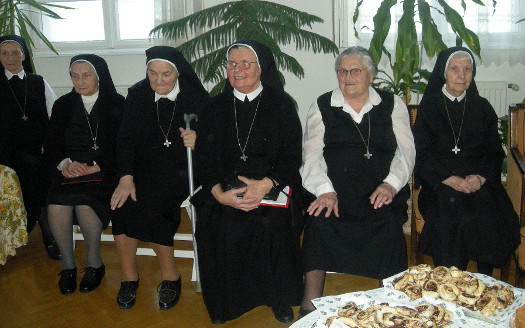
Sisters of Mary Ward-Congregatio Jesu (Photo: Hungarian Catholic Bishops' Conference)
That is why the work of the Civil Justice Committee is so important, which aims to set before us as examples those whose lives proved the inhumanity of dictatorships and the truth of those who stand against them and protest their existence. Their mere existence is a cry, a call: there is another possibility, which is at the service of a happy life worthy of man. The origin of their human-loving goodness is Jesus Christ. On the other hand, good sense and decency require us to at least provide them with justice after the fact, to uncover the facts, and thereby direct the attention of today's people to the dangers, but to make the positive cases of good solutions a source of hope: in the midst of all inhumanity, good, virtue , ultimately love.
Finally, here is a case study taken from an internal thesis on the Martyrs of the Order of English Ladies. This material is interesting because in it a community gives personal accounts, written and collected by themselves, about the similar abduction of many of its members. The above-mentioned monastic order (although the Congregatio Jesu community considers itself legally continuous with it) does not exist today either in name or in the original charism Mária Ward The persecutions thus broke the teaching order that was originally spread worldwide in such a way that it can no longer stand on its feet. The Congregatio Jesu community gave up its schools, merged its provinces, and we cannot talk about the future supply. This tragic state was not only the result of the persecutions of the previous century, but also the result of today's liberal dictatorship.
Nevertheless, God provides for the future with his providence. In the church, it supports spiritual movements and strengthens communities in which faith, Christian hope, responsibility for each other, and active love flourish. In spite of all the persecution, and even purified and strengthened by it, the good news will remain in words and deeds until the end of time.
In the next part, we present the lives of those who are still waiting for their rehabilitation through the fate of specific individuals. They are no longer among the living. Acknowledgment of their position is therefore only possible posthumously. It is natural that the respect and justice due to them is not important to them, but to us. It is with this humility that we accompany their story!
(to be continued)
Author: Zoltán Osztie
(Cover image: magyarkurir.hu/Attila Fábián)

